-
Dickinsonia is discovered to be Earth’s first living animal

By Isabelle Chiu We can all trace our roots back to the first animal: the Dickinsonia. The discovery of the Dickinsonia fossil has puzzled scientists for decades because of its unusually large size compared to other organisms found in the Edicarian time period. However, a recent study from the Australian National University has confirmed that…
-
How a UC Berkeley Professor Delivered Pure Water from Thin Air

By Sharon Binoy Climate change has been a hot button topic in the political arena in recent years. Despite its widely debated existence, its impacts in regions that already experience climate extremes are especially tangible. The harsh conditions in these areas are aggravated by climate change, dropping water availability to historic lows. Even regions in…
-
Time, Language Acquisition, and the Human Genome
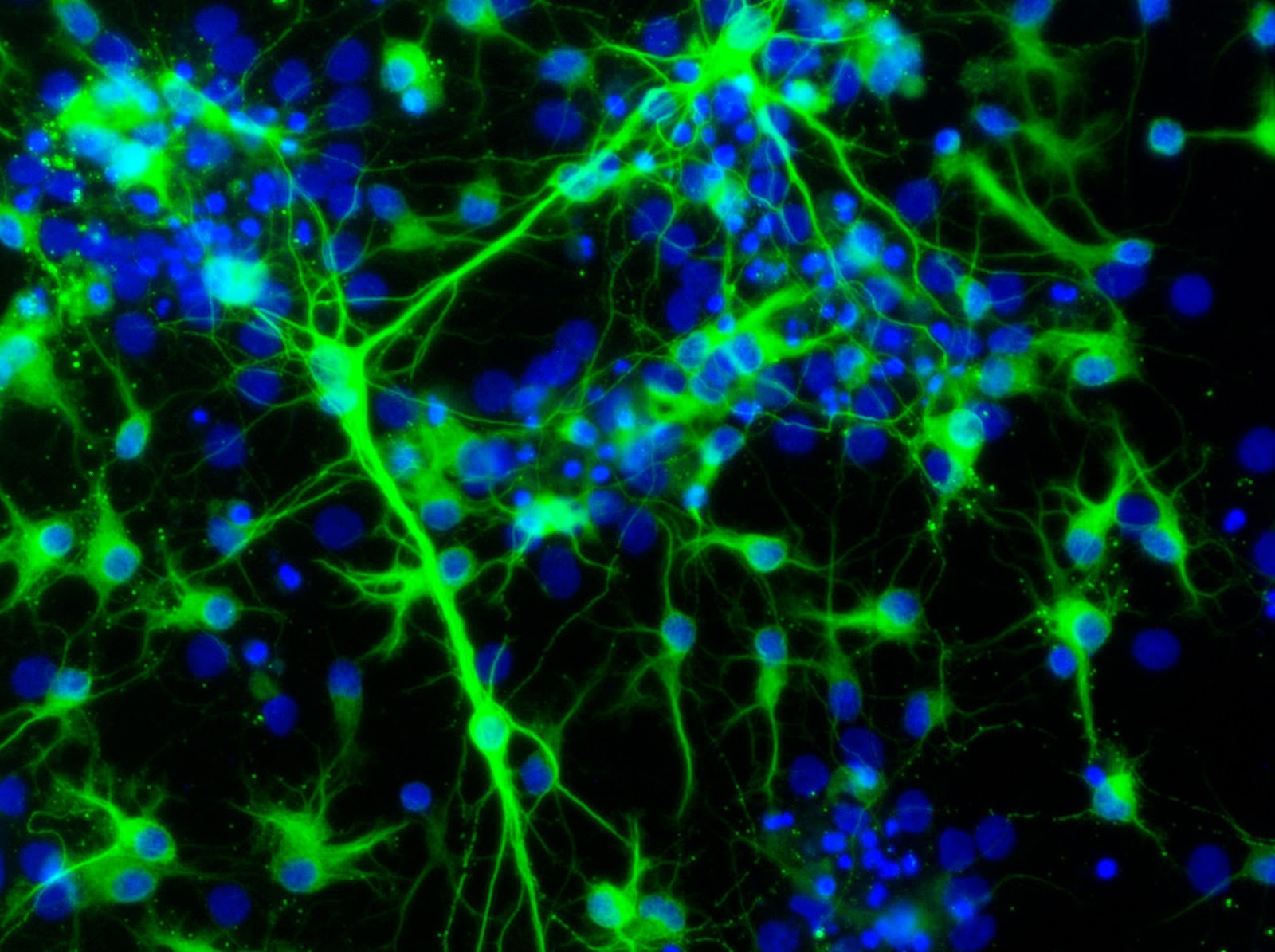
By Devina Sen Time: we never seem to get enough of it. Time to get groceries, to study before a midterm, or to binge-watch the latest Netflix original before the next season comes out. It even plays a vital role in our ability to learn language and master sight. But for some learners, time is…
-
“It’s a Trap!”: Particle Dynamics in Solar System Genesis
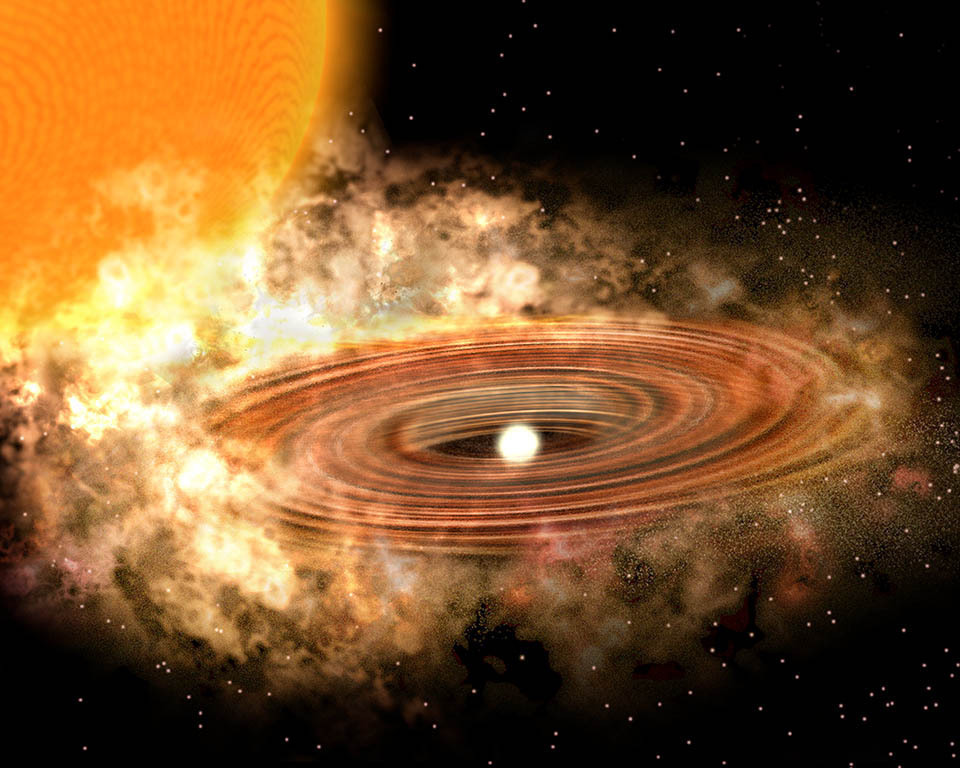
By Ethan Ward Physics is an amazing science that can bring together ideas from seemingly distinct fields and turn them into a greater understanding of the workings of the universe. The Atacama Large Millimeter/submillimeter Array (ALMA) is a group of telescopes in Chile that allows astronomers to investigate cosmic phenomena that occur in the region…
-
Receptor Shows Promise for Autism Treatment
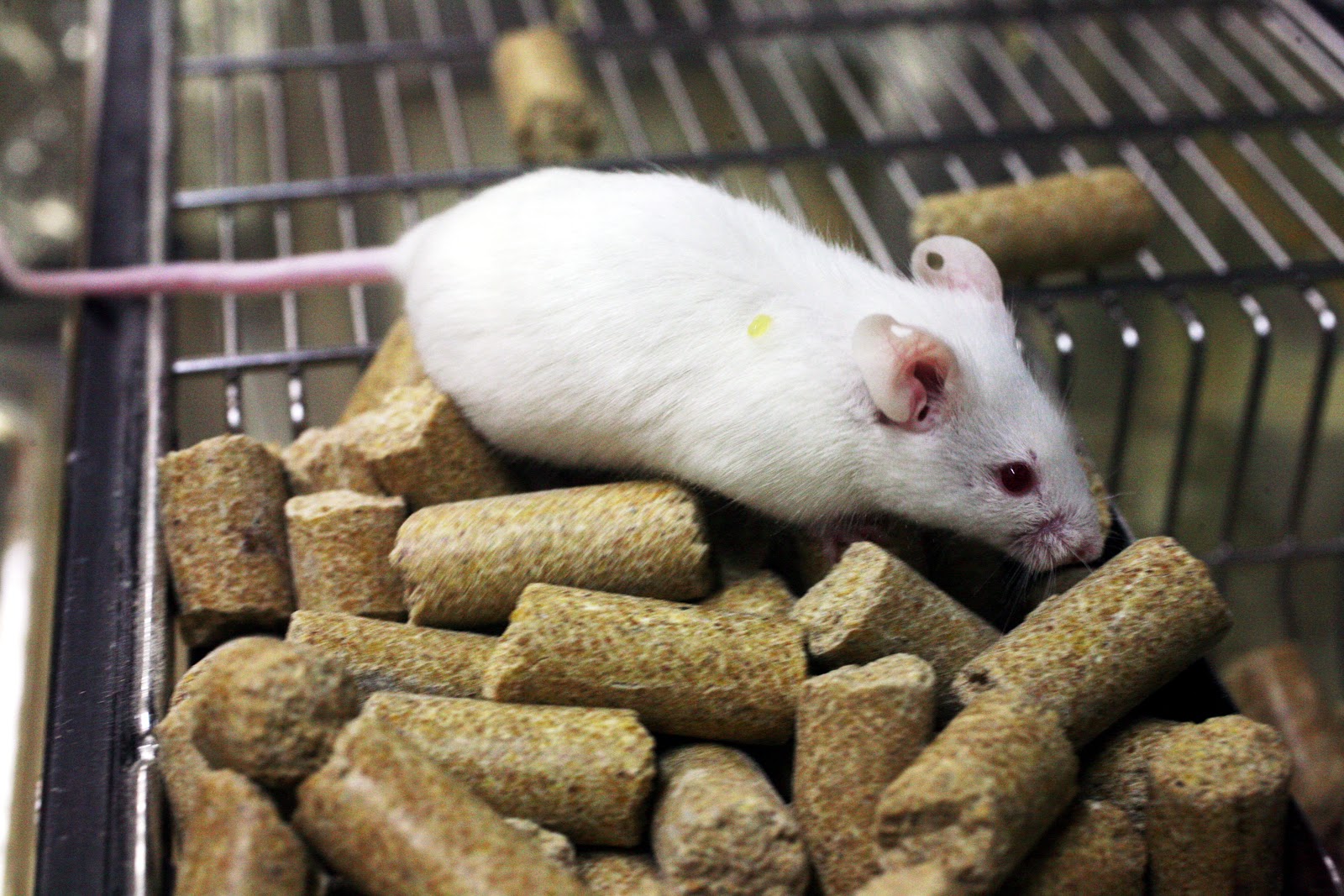
By Mellisa Mulia ASD is a lifelong, developmental disorder that affects communication and behavior, where symptoms appear around age 2, affecting more males than females. Particularly, it inhibits social interactions with others, causing children to have a hard time interacting with others or expressing themselves. Here is where the mu opioid receptor (MOR) comes in.…
-
The Unsolvable Problem

by Meera Aravinth Imagine working for years to prove that a problem can never be solved. A team of mathematicians did exactly that, proving the undecidability of the spectral gap. But what exactly does it mean for a problem to be unsolvable or undecidable? Mathematician Gödel proved in the 20th century that certain mathematical claims…
-
CRISPR Provides the Potential to Cut Down Malaria: But Should We?
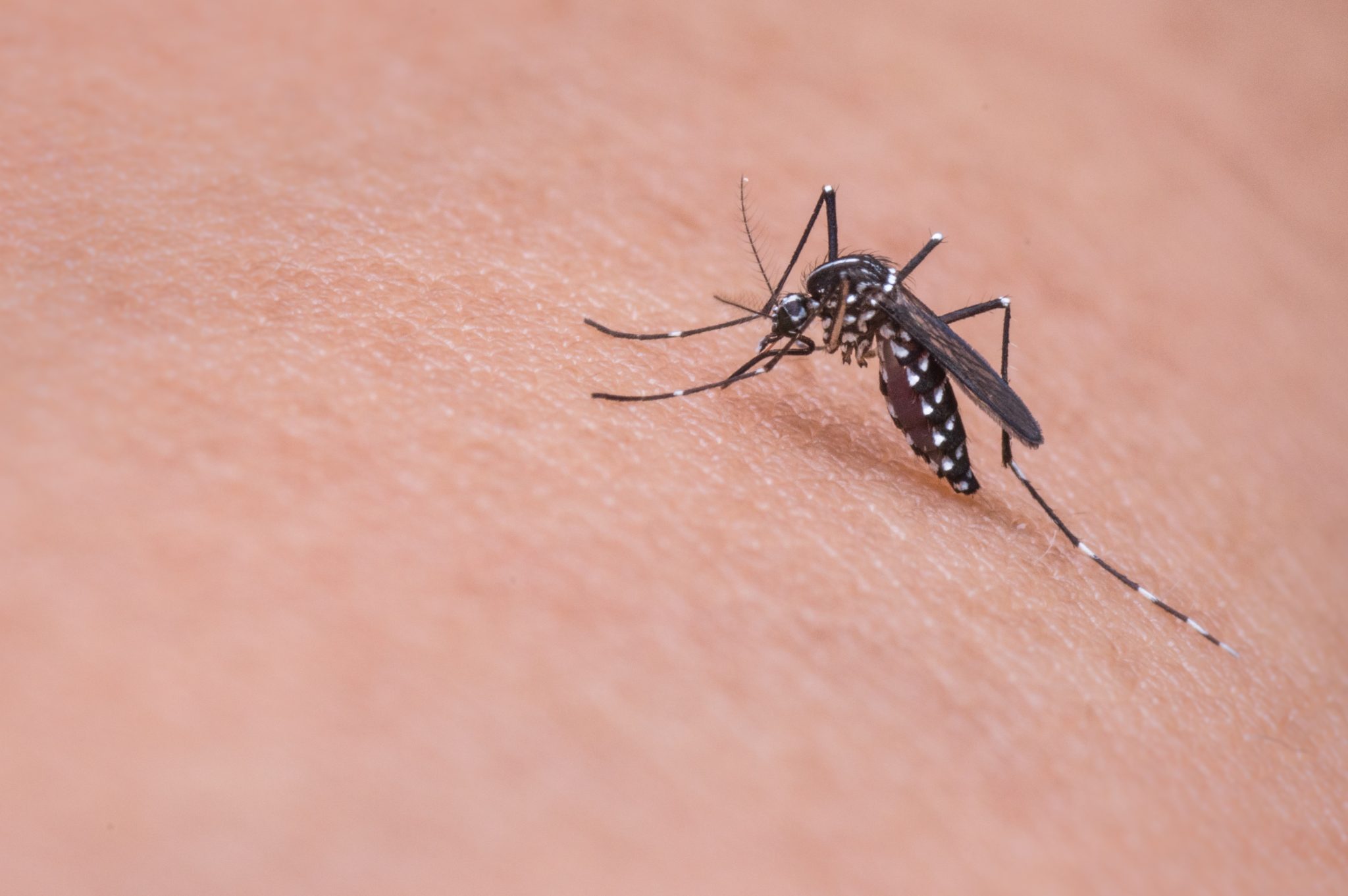
by Saira Somnay Mosquitos: not just pesky causers of bug bites, but also deadly agents of infection. Should scientists find a way to get rid of them, or would that cause more harm than good? Society may have to answer that question soon. A research team at the Imperial College in London has formulated a…
-
Next Generation
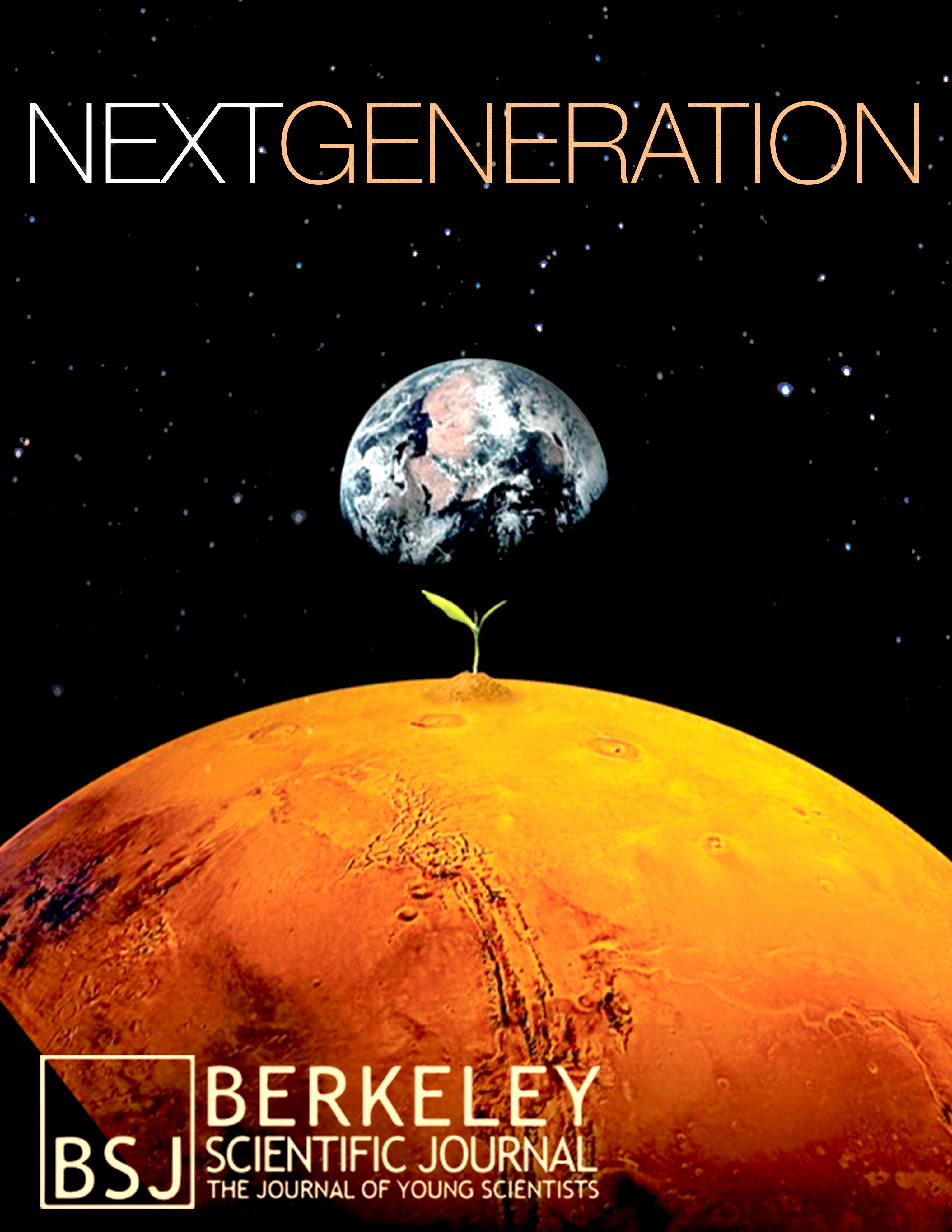
The Spring 2018 semester theme is Next Generation. This futuristic issue covers a variety of topics including personal genetics, cybersecurity, the #MeToo movement, and life on Mars.
-
Why is it So Hard to Change Somebody’s Mind?
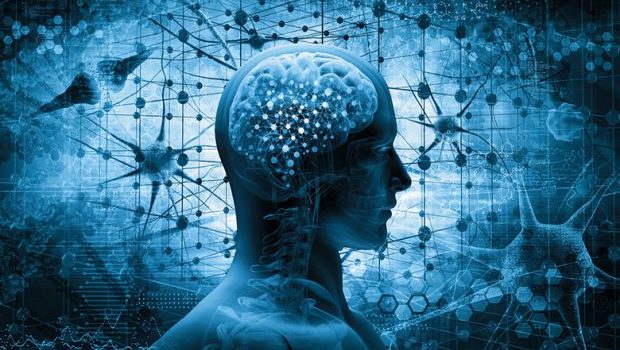
by Whitney Li If you’ve been on the internet for the past 20 years, you have probably seen a comment about a political or social opinion that you thought was absurd. You probably thought, “How could any rational mind think this way? What has our society come to?” Maybe you replied in a rage, telling…
-
A Parallel Universe with Life

by Susana Torres-Londono Over time, physicists have been working towards painting a clearer and more precise portrait of our universe. In their research, they have found the four “fundamental forces”. Up until recently, it was well established that our universe– at least life in our universe– would not be possible without these forces. Even though…